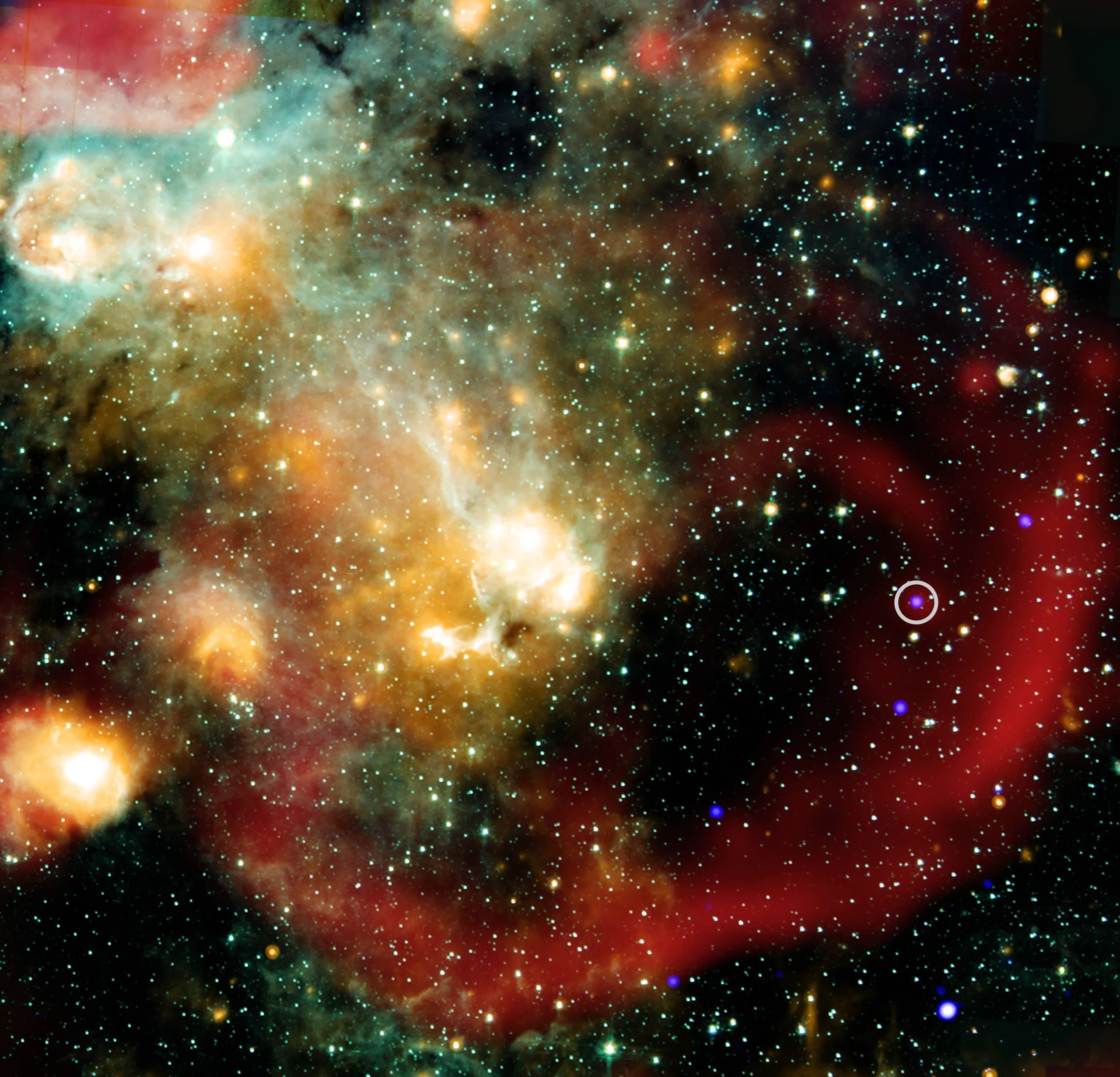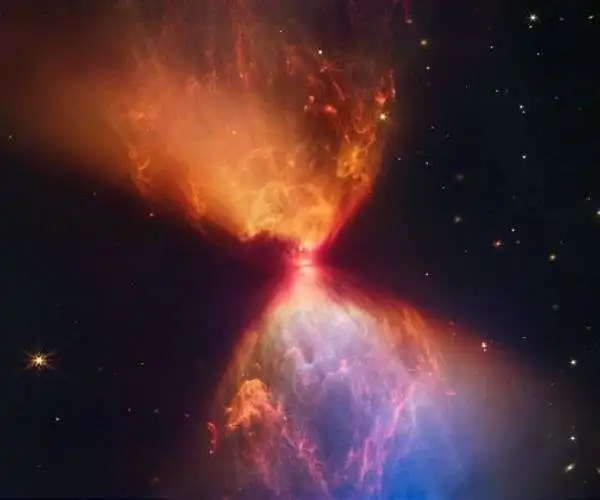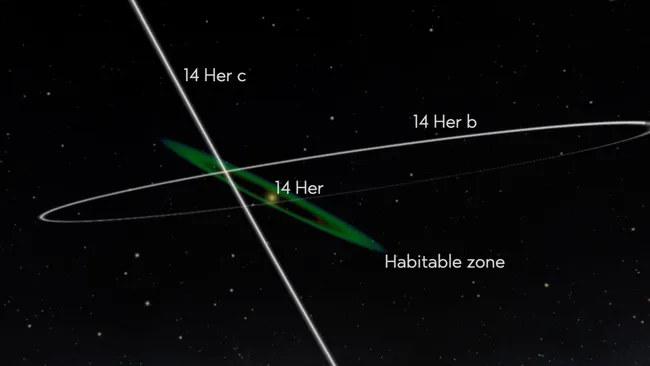A cosmic enigma has emerged from the depths of our galaxy. Astronomers have detected a mysterious galactic object radiating X-rays and radio waves in synchronized pulses. According to findings published in Nature, this celestial body fires both forms of energy every 44 minutes, particularly during heightened periods of activity.
The discovery was made by an international research team that includes Ziteng Andy Wang from Curtin University. Wang describes the object as potentially a highly magnetized dead star, such as a neutron star or white dwarf, though the exact nature remains elusive.
Located about 15,000 light-years away, the object lies in a dense region of the Milky Way rich in stellar material. The synchronicity of X-ray and radio emissions defies classification, prompting researchers to declare the object “unlike any known Galactic object.”
This enigmatic source has been designated ASKAP J1832−091. Its emissions were first noticed last year by NASA’s Chandra X-ray Observatory, while the telescope was observing a nearby supernova remnant. The chance observation revealed X-rays streaming from what researchers call a long-period radio transient, a rare type of space body known to release radio signals in extended cycles.
What sets this object apart is the combination of both X-ray and radio wave emissions—something never previously recorded in such transients. The duality suggests an underlying mechanism yet to be understood.
The active phase for ASKAP J1832−091 seemed to last about a month. Outside that timeframe, no X-rays were detected. This irregularity implies that similar objects may exist undetected across the galaxy, hidden in dormant states until they flare.
The object’s distance remains uncertain, complicating efforts to link it definitively to the observed supernova remnant. A single light-year measures about 5.8 trillion miles, leaving ample room for spatial ambiguity.
Despite these uncertainties, the discovery could lead to revolutionary insights. “While our discovery doesn’t yet solve the mystery of what these objects are and may even deepen it, studying them brings us closer to two possibilities,” Wang said. “Either we are uncovering something entirely new, or we’re seeing a known type of object emitting radio and X-ray waves in a way we’ve never observed before.”
The Chandra X-ray Observatory, launched in 1999, continues to be a critical tool in such revelations. Orbiting tens of thousands of miles above Earth, it captures X-ray imagery of extreme cosmic phenomena. As NASA’s most powerful X-ray telescope, Chandra helps researchers probe the hottest, most energetic corners of the universe.
According to NASA, Chandra’s mission is to provide data that may unlock mysteries of the universe’s structure and evolution. The discovery of ASKAP J1832−091 adds a compelling chapter to that ongoing journey.
Whether this object is an entirely new class of celestial body or an outlier of something known, its discovery underscores how much remains unexplored in our galaxy—and beyond.







